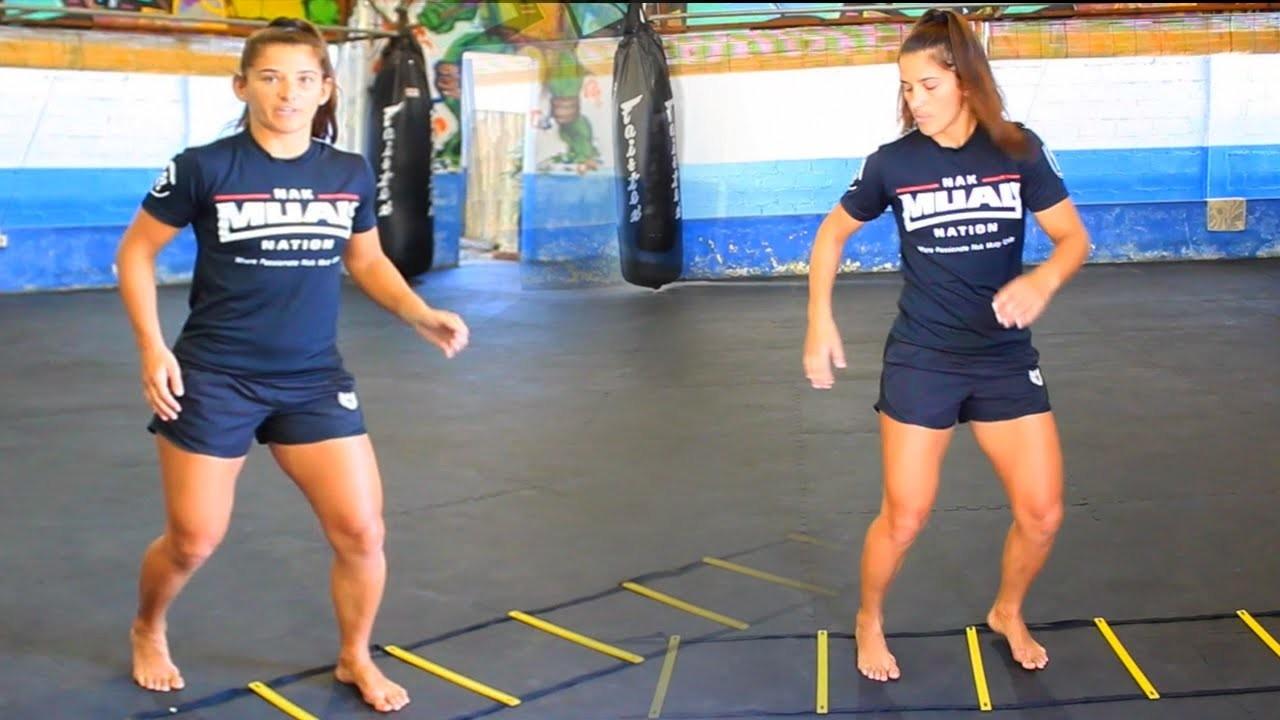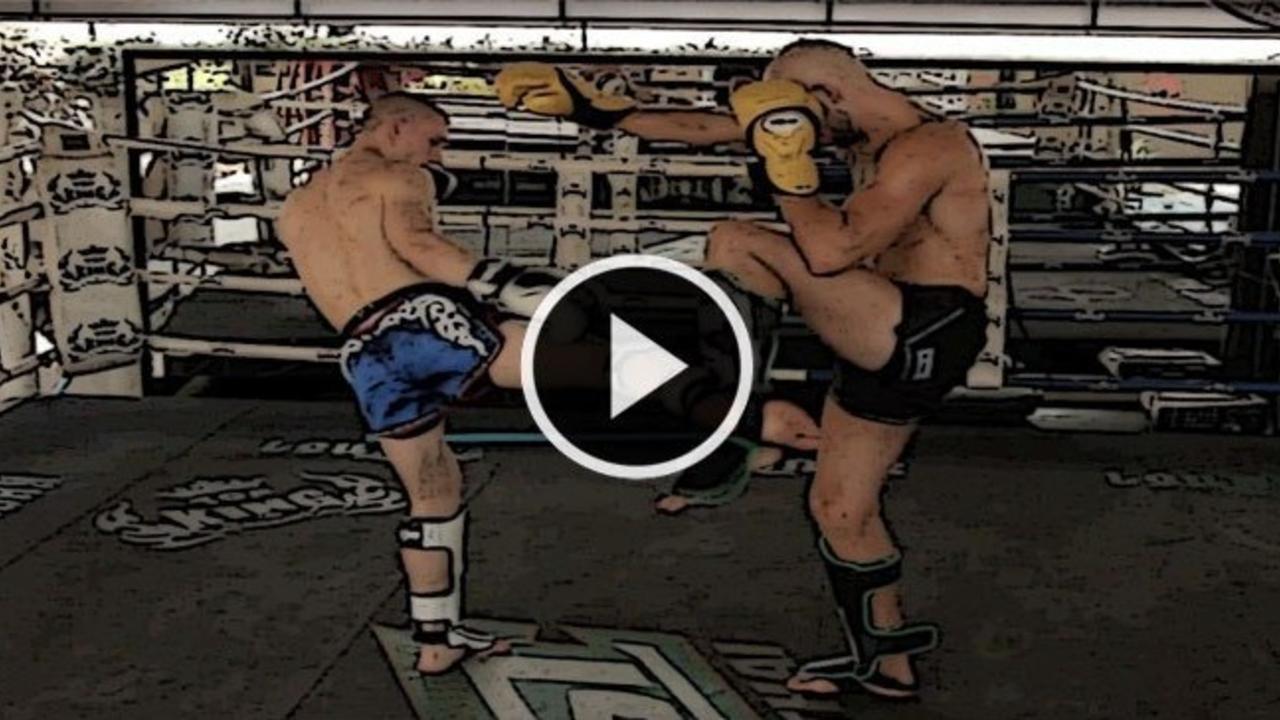How To Jump Rope for Beginner Muay Thai Students

WHY THE JUMP ROPE MATTERS
By Evan Lee
The highest aim of fighting is to hit and not get hit.
You want to knock your opponent’s face into the dirt while yours remains in pristine condition. But without good footwork, you’ll become a human punching bag. And being a human punching bag, surprise surprise, isn’t good for your health. Jumping rope will improve your footwork.
The lightness of your feet will be demonstrated in how you jump rope. If you’re slamming your heels down and jumping too high, how do you think your footwork is going to be? Not great. There are many mistakes people make when jumping rope that completely jeopardizes their training. If you’re uncertain how to use the jump rope to improve your footwork, we’ve got you covered:
The jump rope is a lovely tool that serves as the basis for all of your footwork training. It gives you the endurance and the coordination necessary for all of your movement inside the ring or cage. However, now that you’ve learned the basics,...
5 Agility Ladder Drills For Muay Thai

Improving Your Muay Thai Footwork With Tiffany Van Soest
From Muay Thai Guy
Footwork is a skill, and like all skills needs to be drilled into you.
Your ability to move your feet becomes your ability to fight. However, it’s not just about bouncing around like Ali. It’s about being able to pivot out of a dangerous position in an instant as someone like Giorgio Petrosyan or Jose Aldo does so often.
These drills aren’t inspired by the workouts of great fighters, they’re straight up taught by great fighters like Tiffany van Soest.
The agility ladder trains both your balance, endurance, and explosiveness. Your ability to step into angles with strong posture will be developed, your ability to fight while moving backward will be strengthened, and your bursts of explosion that help you close the distance instantly and get KOs will be boosted.
Having poor footwork is like having a car without wheels, so try out these drills and get lightning legs.
5 Agility Ladder Drills For Muay Thai
...
The Do’s And Don’t Of Checking Leg Kicks in Muay Thai

Pro Fighter Paul “the Reaper” Banasiak Explains Common Mistakes and Tips for Checking Kicks
From Muay Thai Guy
Fighting is flow. Positioning enables the flow.
It is a flow between offense and defense, and what enables this flow is positioning. If your posture is off when you’re parrying a punch, your countering well be slow. Your positioning is what enables the fluidity of your movement. Imagine a powerlifter who starts his deadlift with a rounded back. He will be slow off the ground and he will be even slower as the bar moves up.
Consider deeply how each position connects to another. Consider how you will flow from a check to a counter roundhouse kick, from a parry to a rear straight. Learning to flow from position to position is learning how to pass the baton. If you’re in a 4 x 100-meter relay, don’t know how to pass the baton, and end up dropping it, you’re screwed. However, if you do know how to flow from position to position, your speed will improve ten-fold just as learning ...





